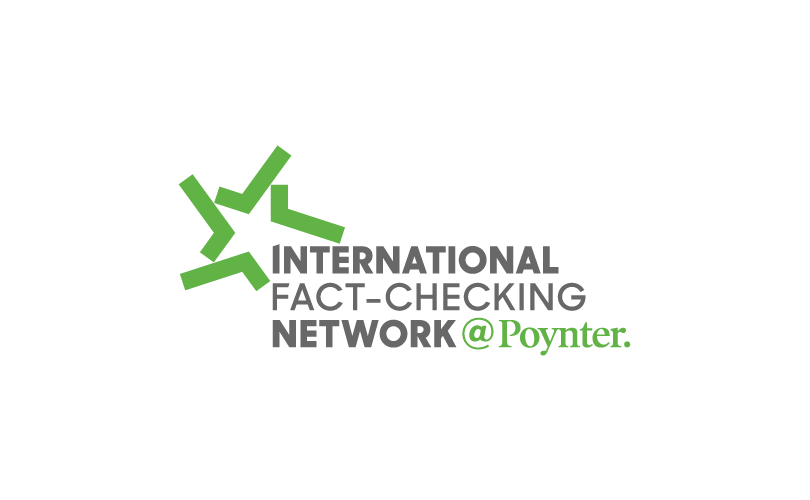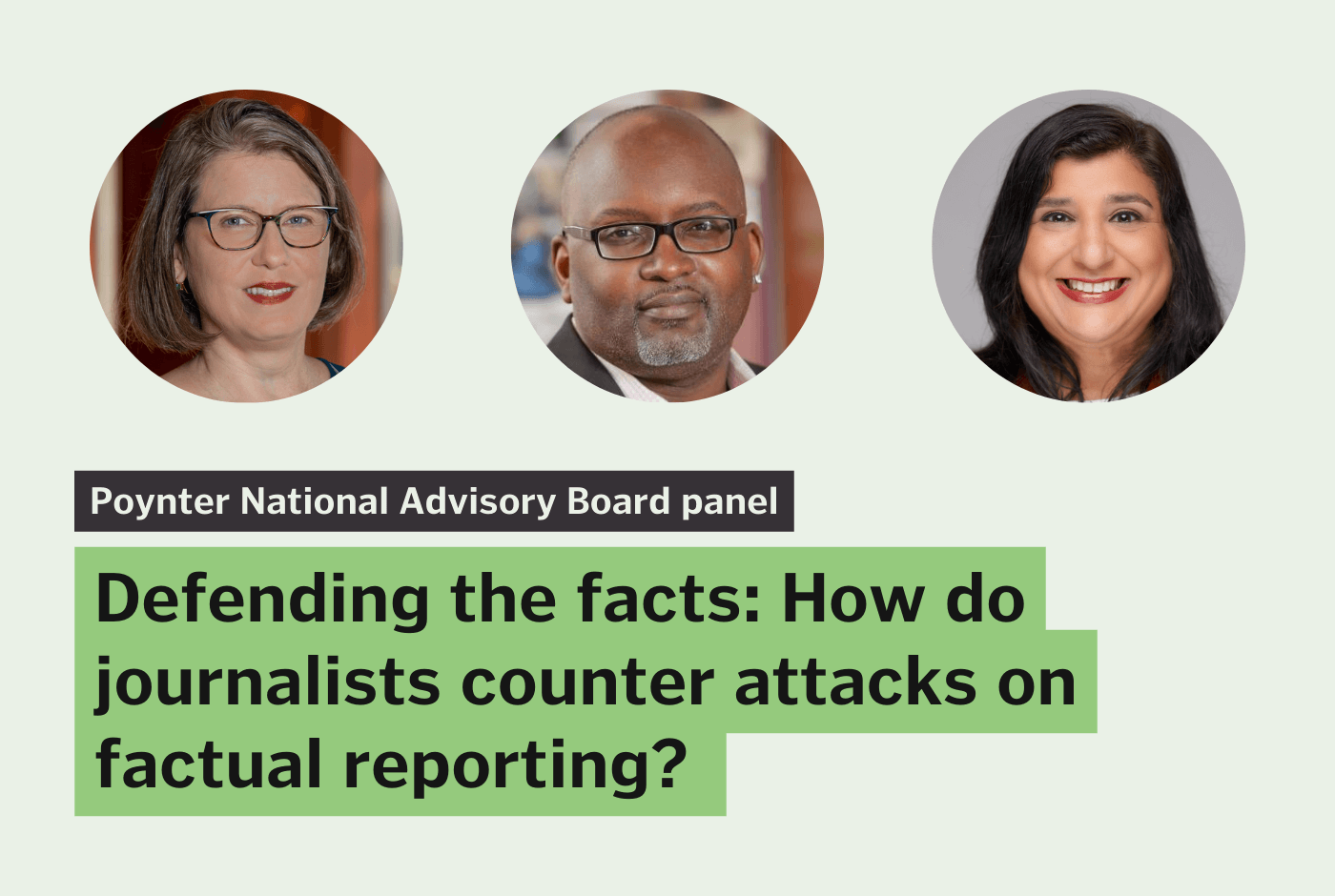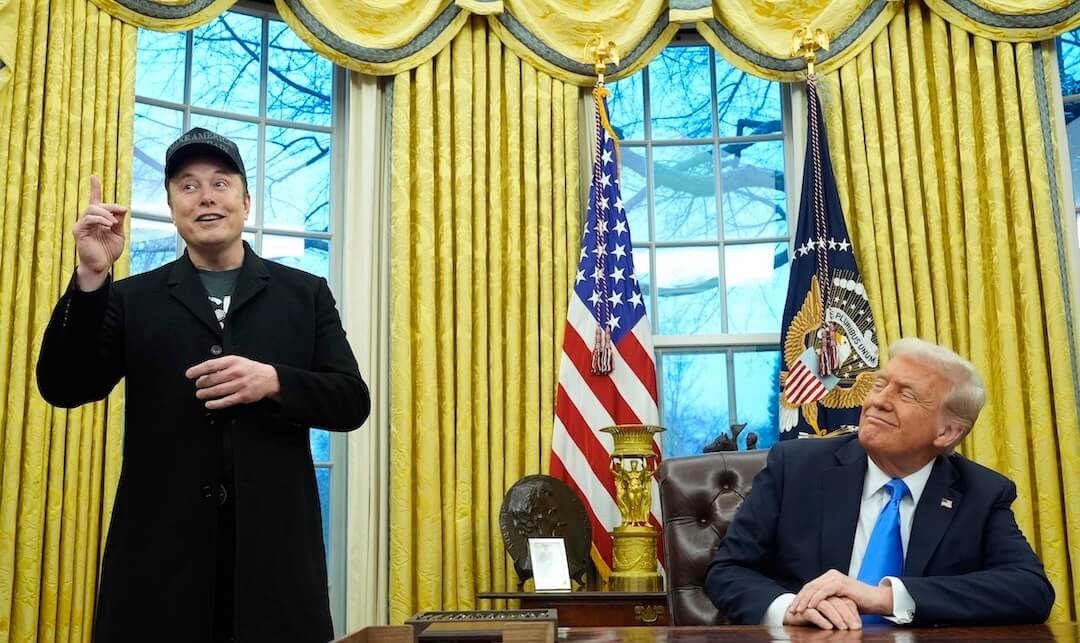These are two of the most frequently asked questions about Regret the Error:
- Have you ever heard from journalists who are angry that you point out their mistakes?
- How do you find and select the corrections you put on the blog?
This post is about the second question, but the answer to the first is pretty simple: No.
In the more than seven years I’ve run Regret the Error, I’ve never heard from a journalist who said I was hurting the profession or him personally. (Though people caught plagiarizing occasionally write in a year or two after the fact to request I remove posts about their transgressions.)
I’d like to think journalists recognize the value of being open and transparent about our errors. I also hope people see my purpose is not to mock or shame journalists; it’s to learn from mistakes and prevent them, and to find better ways to include readers in processes that increase transparency and accountability.
Now, back to the second question: Where do the corrections come from, and how do I choose them?
Here’s what I said in a 2006 interview about my system for finding corrections:
It’s a complicated process that involves Johnny Walker Black, Factiva, Firefox, three monkeys, a ladle, four cups of flour, and a very annoyed girlfriend. In all it takes me between one and three hours each day to do the site.
I would like to update the above to note I currently use Nexis instead of Factiva, Chrome instead of Firefox (sorry Mozilla!), and the annoyed girlfriend has become a gracious and supportive wife.
Along with those tweaks, I also use Google Alerts, a list of bookmarks of online corrections pages, Twitter, a variety of RSS feeds, and of course many wonderful, helpful readers.
The second, and likely more interesting, part of that question relates to how I choose corrections for the blog each day. As background, I typically read between 100 and 300 corrections per day and rarely post more than a few at a time. I’d like to think I pick ones worthy of your time.
By reading the errors made by others, we see where we too can go wrong. By seeing how different news organizations express and correct their mistakes, we gain insight into the best ways to own up to errors. And, of course, by highlighting amusing, egregious, and puzzling errors and corrections, we can chuckle, sigh or even gasp.
That is to say, the corrections I pick are meant to tell a story — a very short story that offers value to you.
So, for those of you wondering what criteria I use to select corrections, here are seven types of errors I feature:
- Particularly bad mistakes. Yes, pretty obvious. I consider all preventable mistakes to be bad in one way or another, largely because they are preventable. But not every mistake is worthy of highlighting, so I pick ones that stand out in terms of the nature of the offense, or its prominence.
- Mistakes that are funny, either because of the way the correction is written or because of the mistake.
- Mistakes that adversely affect a person, group of people, organization/institution, or other part of society. I highlight these to show why it’s important for those of us in the press to work hard to prevent errors.
- Instructive mistakes. Is there something about the correction or error that makes for a good jumping off point to share a lesson or offer background? Look for one of those this week, when I examine how using archival content can lead to errors.
- Trending mistakes. The recent death of Kim Jong Il, for example, had me paying close attention to see if different media outlets were making the same kinds of mistakes about him. So far, I’ve noted this Los Angeles Times correction about his confusing age.
- Common mistakes. I’ve developed these regular series over the years:
- “Fuzzy numbers” for numerical errors
- “Death by media” when people are prematurely killed off by the press)
- “Lessons in geography” include errors involving incorrect maps, locations
- “And that’s all we’re telling you” are corrections that raise more questions than they answer
- “All [blank] are alike” feature errors that involve confusing two people who are of the same race, nationality, social stature)
- “But the rest is fine” covers reports with multiple errors
- Watercooler mistakes. That could mean something like this correction, which inspired a Twitter hashtag.
Now you know my correction-hunting secrets, and the reasons I feature the errors I do. So how about sending me a correction or error that I can add to the blog?






Comments